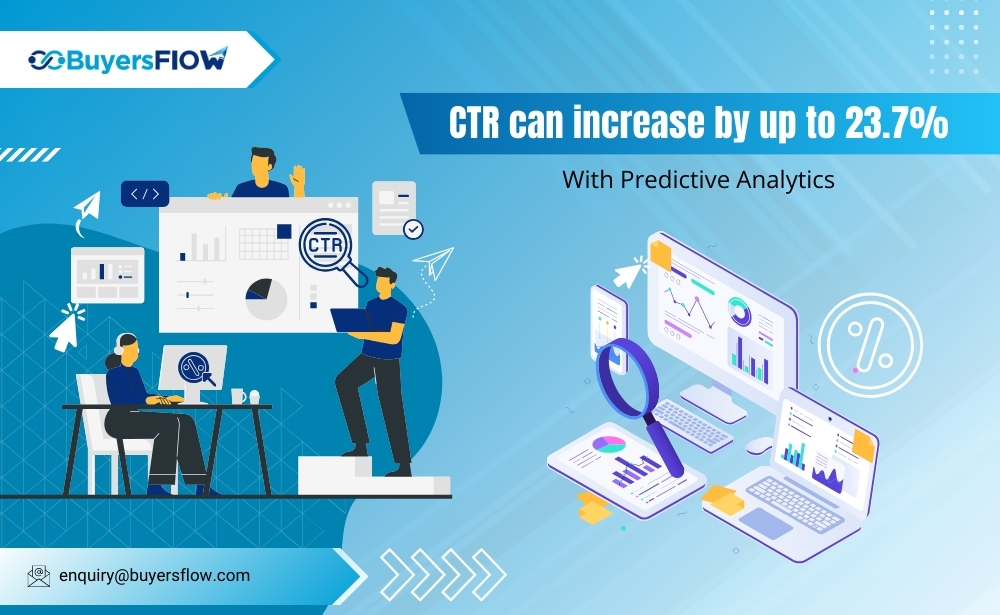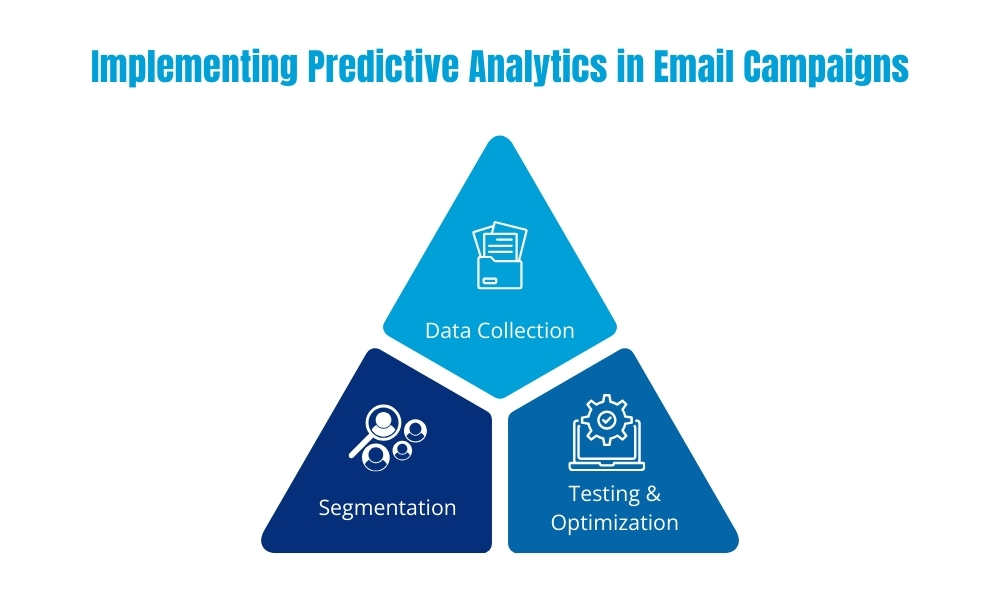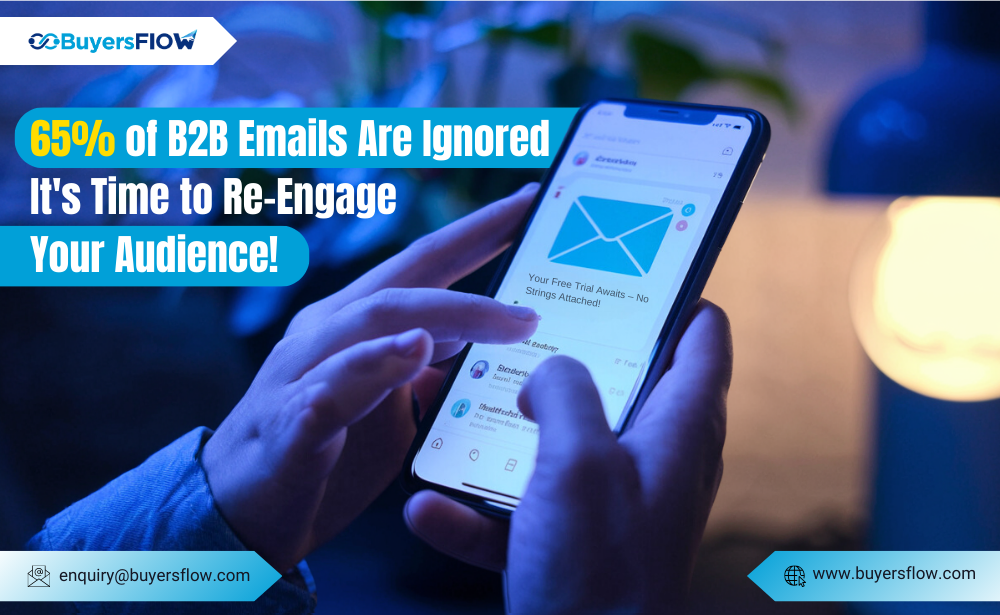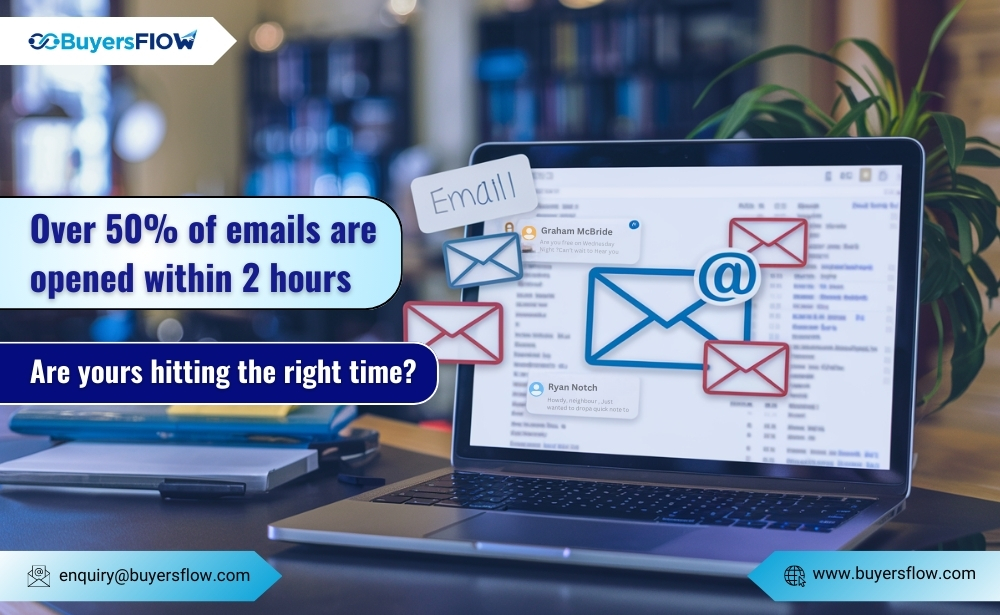Businesses in the digital age are always looking for ways to increase customer engagement and boost conversion rates. Predictive analytics, a technique that makes use of historical data to forecast future events, is one effective tool that has recently surfaced. Predictive analytics, when used for email personalization, can completely change how companies interact with their clientele by producing more interesting and relevant content.
Definition and Importance of Predictive Analytics
To forecast future events, predictive analytics uses statistical methods, machine learning algorithms, and data mining to examine both recent and past data. To customize email content that appeals to each recipient, email marketers must comprehend customer behavior, preferences, and trends. Predictive analytics is important because it helps businesses anticipate customer needs and provide personalized experiences at scale by offering actionable insights.
How Predictive Analytics Enhances Email Personalization
Analyzing Customer Behavior and Preferences
Marketers can examine a plethora of customer data, including past email interactions, browsing patterns, and purchase histories. Businesses can better understand what motivates customer engagement by recognizing patterns and trends. Predictive models, for example, can recognize patterns in the products that a certain customer segment regularly buys and recommend similar items in subsequent emails, thus boosting the chance of repeat purchases.
Creating Targeted and Relevant Content
Marketers can produce email content that is both highly targeted and relevant by using insights from predictive analytics. This entails developing messaging that specifically addresses the needs and interests of each client. Predictive analytics can assist in identifying the most effective times to send emails, the most enticing offer types, and the content that is most likely to generate the greatest level of engagement. This level of personalization not only enhances the customer experience but also boosts open rates, click-through rates, and conversions.
Implementing Predictive Analytics in Email Campaigns
Tools and Technologies
Utilizing the appropriate tools and technologies is essential for businesses looking to integrate predictive analytics into email campaigns. Advanced predictive analytics features are available on platforms like BuyersFlow, and they work well with email marketing software. These platforms analyze consumer data using machine learning algorithms to produce predictive insights that can be used to instantly personalize email content.
Best Practices for Integration
Integrating predictive analytics into email campaigns requires careful planning and execution. Here are some best practices to consider:
- Data Collection: Ensure that you have access to comprehensive and high-quality data. This includes demographic information, purchase history, and behavioral data.
- Segmentation: Use predictive analytics to segment your audience based on their predicted behaviors and preferences. This allows for more targeted and effective email campaigns.
- Testing and Optimization: Continuously test and optimize your email campaigns based on predictive insights. This helps refine your strategies and improve overall performance.
Case Studies of Successful Predictive Analytics Use
Applicable Examples
It has been effectively used by numerous top businesses to improve their email personalization initiatives. An e-commerce behemoth, for instance, employed predictive models to identify customers who were most likely to churn and then sent them tailored offers to keep them around. They consequently observed a notable rise in customer retention and lifetime value. Another illustration is a retail company that significantly increased sales by using predictive analytics to personalize product recommendations in their emails.
Lessons Learned
From these case studies, several key lessons can be learned, including:
- Data-Driven Decisions: Relying on data rather than intuition leads to more effective personalization.
- Continuous Improvement: Regularly update predictive models and strategies to keep pace with changing customer behaviors.
- Customer-Centric Approach: Focus on creating value for the customer through personalized and relevant content.
Conclusion
Email personalization is revolutionized by predictive analytics. Businesses may deliver highly relevant and targeted content that connects with their audience by utilizing this effective tool. Predictive analytics has clear benefits, as demonstrated by successful case studies: increased customer engagement, conversions, and loyalty. Integrating predictive analytics with BuyersFlow can give businesses the competitive advantage they need to thrive in today’s dynamic market.







